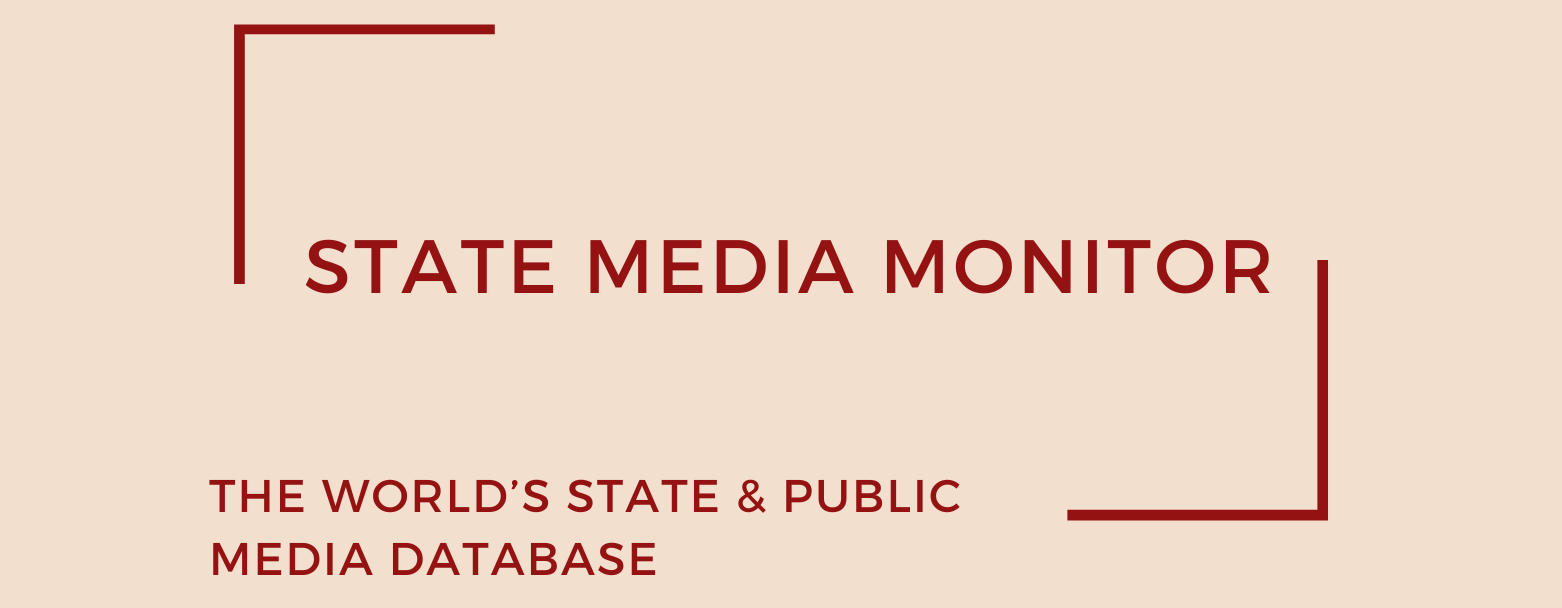Yemen News Agency (SABA)
Media asset
News agency: SABA (run by the Houthis), SABA (run by Supreme Political Council)
State Media Matrix Typology
The Yemeni Civil War, which began in 2014 and opposes the government led by Abdrabbuh Mansur Hadi and the Houthis, an Islamic armed movement, has had a massive impact on the Yemeni media. In a country ravaged by war where both fighting factions (and some others) claim to be the official government, it is extremely difficult for journalists to operate independently. All of them are used as instruments of one of the parties in the war.
The media sector has transitioned from a period of harsh restrictions imposed by former President Ali Abdullah Saleh (when journalists at least understood the limits within which they could operate) to a time of chaotic infighting, during which the red lines that journalists are not allowed to cross have expanded.
The situation worsened the most in 2014-2015 when the Houthis occupied the capital city of Sanaa and bolstered their positions elsewhere in the country as they challenged the Hadi presidency. As a result, many of the media outlets that supported President Hadi had been attacked, and many eventually had to shut down. Journalists who continued to report suffered undesired consequences. Examples of journalists who disappeared have proliferated.
In such an environment, the journalists who continued doing their jobs practically accepted being part of a propaganda game (which is what the entire Yemeni media sector is at the moment) where they have to choose a position with or against the local government or militias controlling the areas where they live. Since the start of the war, a large number of journalists have stopped working, either by changing their activity or leaving the country.
Given the extreme political instability in Yemen following nearly six years of bloody confrontations between the government of Abdrabbuh Mansur Hadi and the Houthi movement, the status of the media in Yemen is changing rapidly, depending on who gets to control the media outlets.
All media in Yemen today are in a dire state, relying almost entirely on financing from one of the parties in the conflict. In such an environment (a classic example of a failed state), classifying Yemeni state media is an extremely complex process. At first sight, all media outlets in Yemen are politically backed. However, agreeing on what constitutes state control is almost disputable in Yemen simply because the country doesn’t have an internally accepted government (a situation similar to Libya).
The disintegration of Yemen’s central authority has spawned a surreal media phenomenon: duplicated state institutions. One of the most emblematic cases is the Yemen News Agency (SABA), which now exists in two rival incarnations—each claiming to be the official national news service of Yemen.
Following the outbreak of the civil war and the Houthi seizure of Sana’a in 2015, the original SABA headquarters fell under the control of the Houthi-led Supreme Political Council (SPC). Since then, the Houthis have maintained a fully operational version of the agency, publishing official statements, dispatches, and propaganda aligned with their political and military agenda. The Houthi-run SABA plays a key role in disseminating wartime narratives, glorifying resistance against foreign “aggression,” and reinforcing the movement’s legitimacy.
In response, the internationally recognized government, now represented by the Presidential Leadership Council (PLC), established a parallel version of the agency. Operating primarily from Aden and Riyadh, the PLC-run SABA publishes official communiqués, international diplomatic updates, and reports that bolster the legitimacy of the PLC while condemning Houthi actions as terrorist and illegitimate.
Each version of SABA functions as a state-controlled news agency, fully financed, governed, and editorially directed by its respective ruling authority. There is no pretense of editorial independence on either side. The SABA agency in Sana’a is institutionally embedded within the Houthi governance framework, while the version in Aden/Riyadhanswers to the PLC’s Ministry of Information. Both publish in Arabic and English and maintain active websites and social media feeds, often pushing conflicting versions of the same event.
This duplicity not only sows confusion among Yemeni audiences and international observers but also illustrates the profound institutional fragmentation caused by the war. Competing headlines, contradictory casualty figures, and ideologically colored reporting are now standard fare—turning SABA from a national newswire into a split-stage for information warfare.
As of mid-2025, the Houthi-run SABA remains a central pillar of the group’s information strategy. It has continued uninterrupted despite aerial bombardments by U.S., Israeli, and UK forces in retaliation for Red Sea attacks. SABA’s editorial output has ramped up coverage of international “aggressors,” promoting the Houthi narrative of resilience and sovereignty. In April and May 2025, SABA reported extensively on civilian casualties following U.S. airstrikes on northern Yemen, including the controversial bombing of a migrant detention center in Saada.
Meanwhile, the PLC-aligned SABA focuses on regional diplomacy, development projects in southern Yemen, and Saudi and Emirati aid initiatives. It also publishes statements from Rashad al-Alimi and other PLC members condemning Houthi missile strikes on civilian areas, and calling for tighter international sanctions following the Houthi’s U.S. terrorism designation in March 2025.
July 2025
Citation (cite the article/profile as part of):
Dragomir, M. (2025). State Media Monitor Global Dataset 2025.
Media and Journalism Research Center (MJRC).
Zenodo.
https://doi.org/10.5281/zenodo.17219015
This article/profile is part of the State Media Monitor Global Dataset 2025, a continuously updated dataset published by the Media and Journalism Research Center (MJRC).
